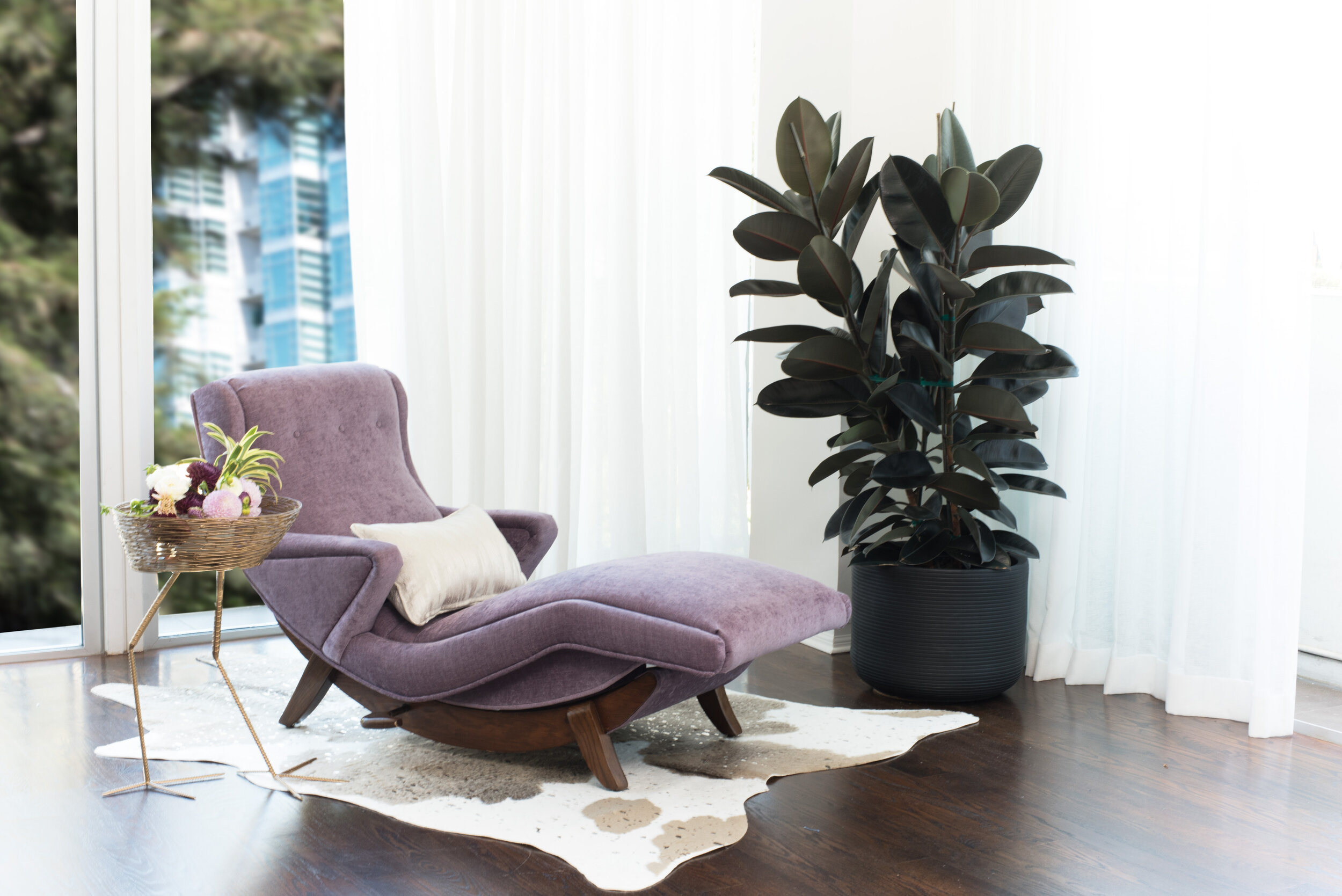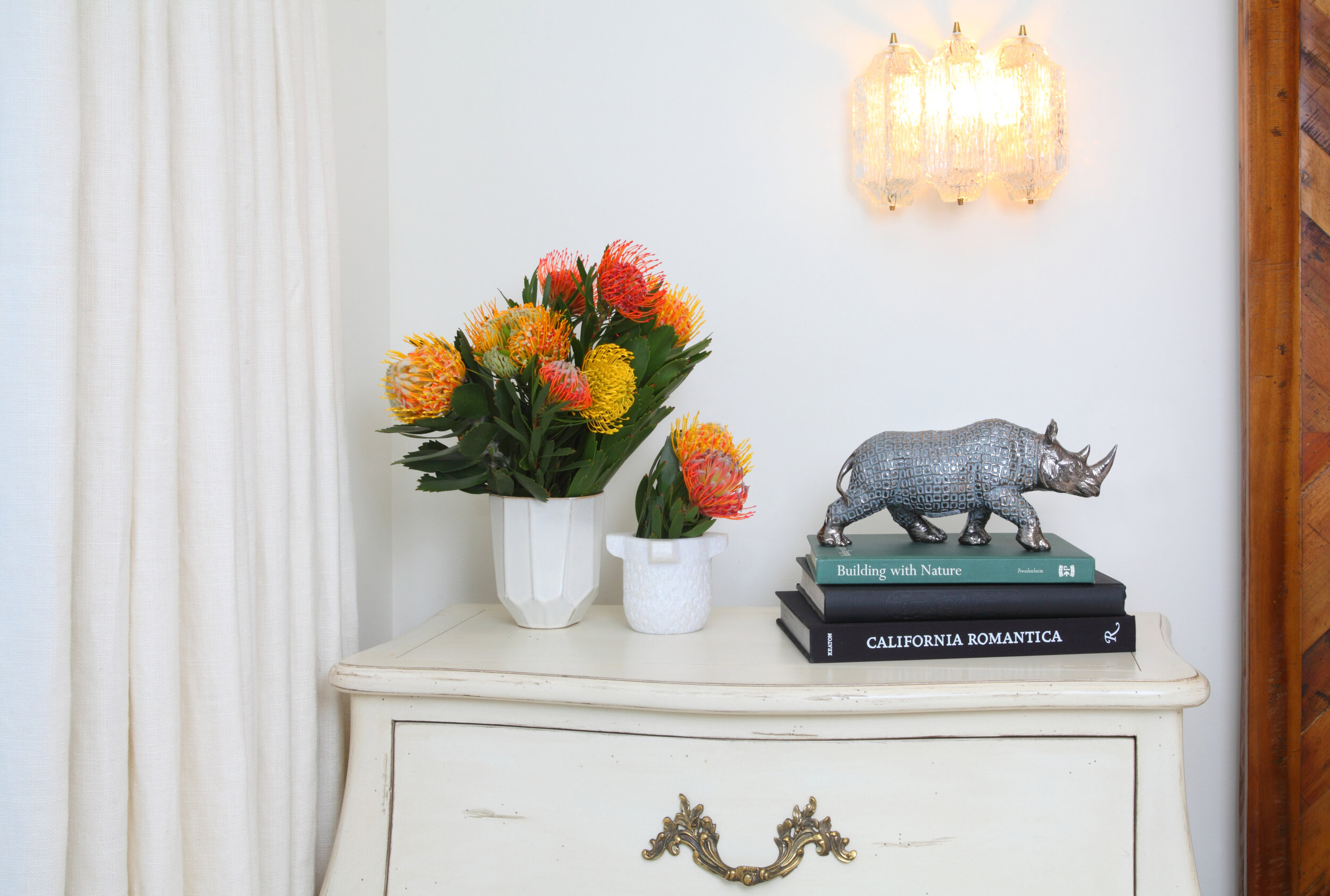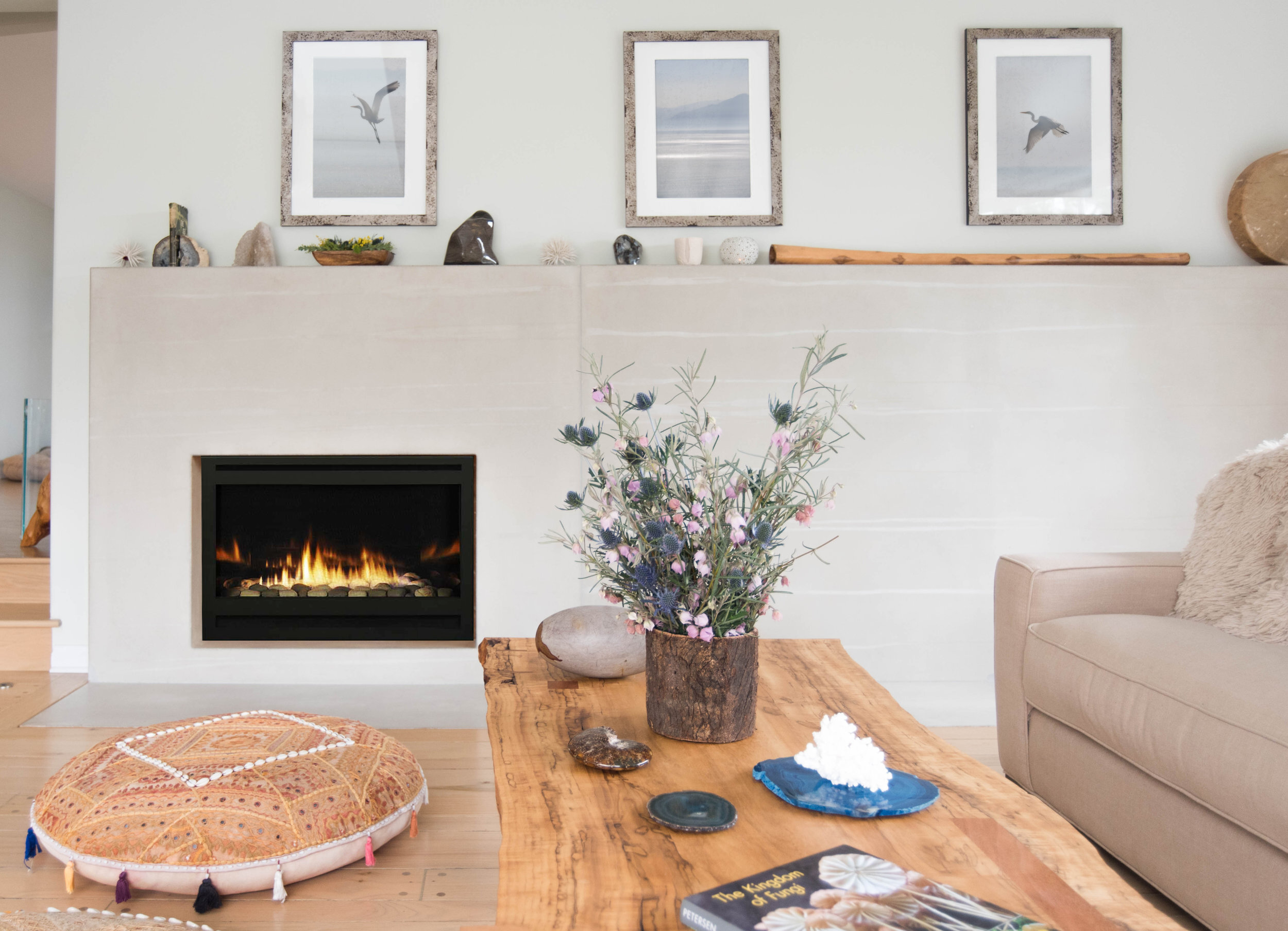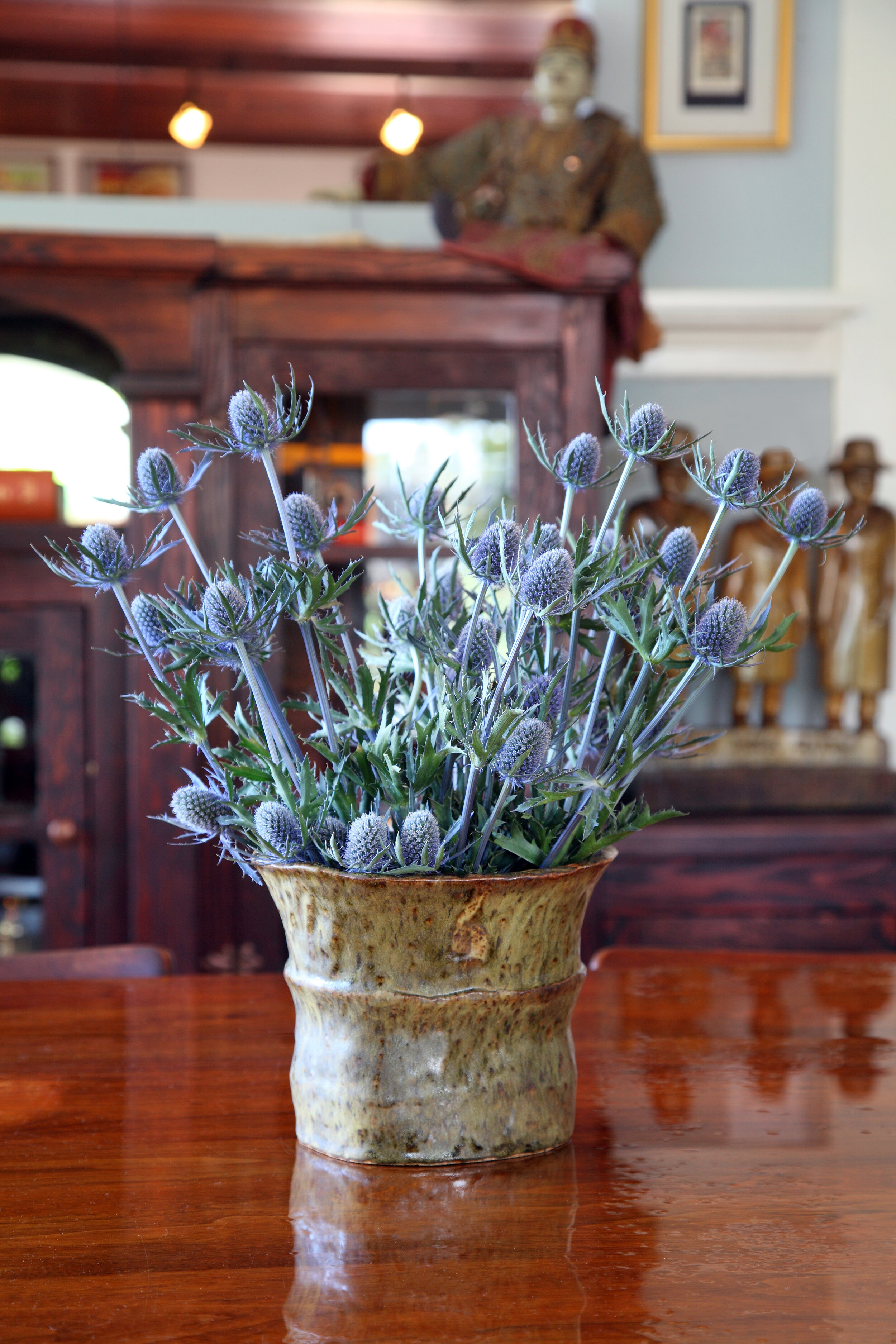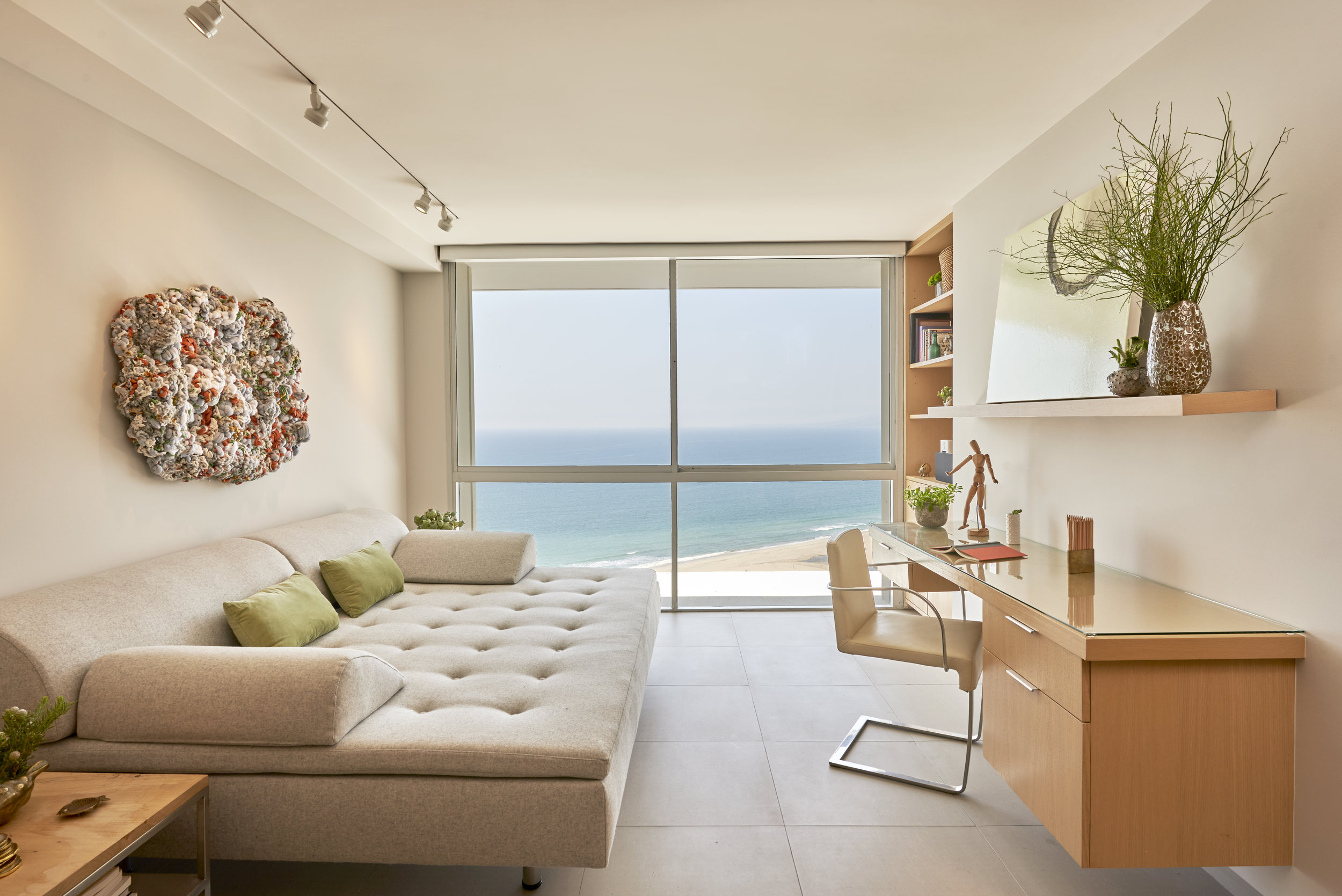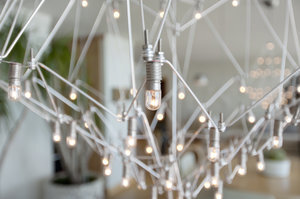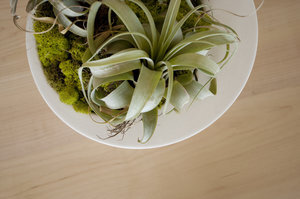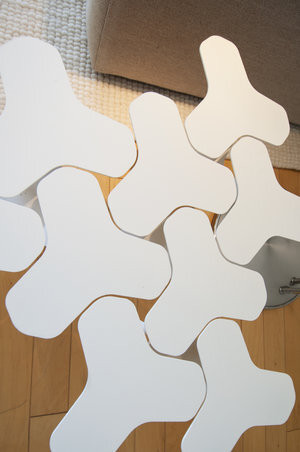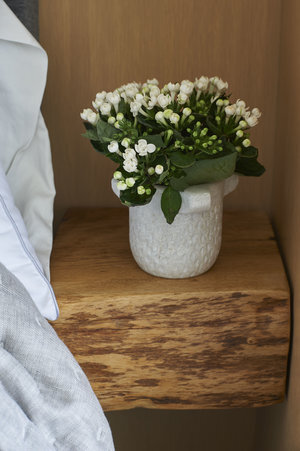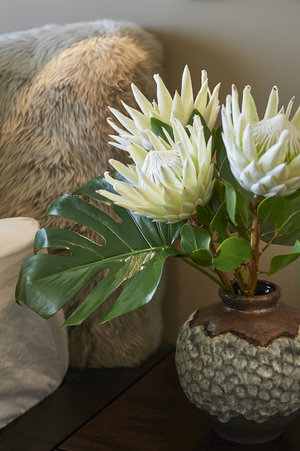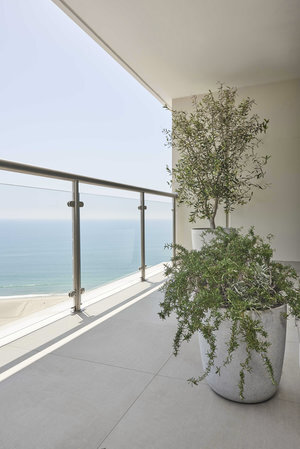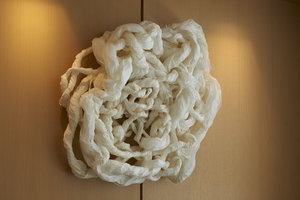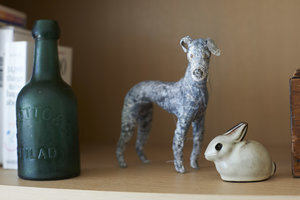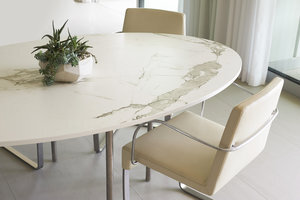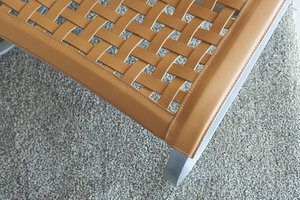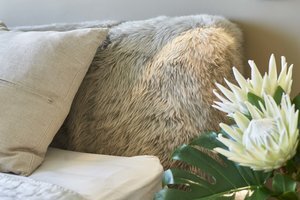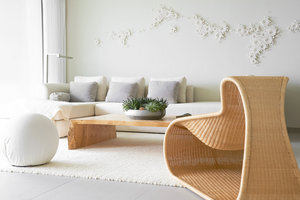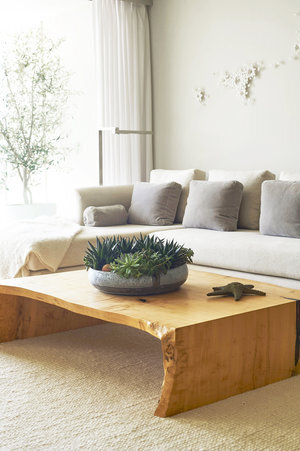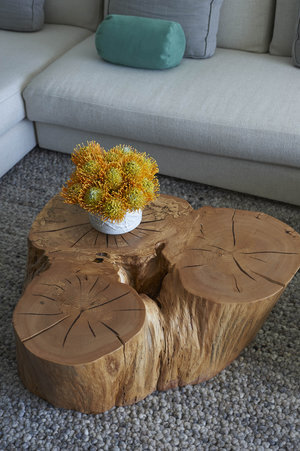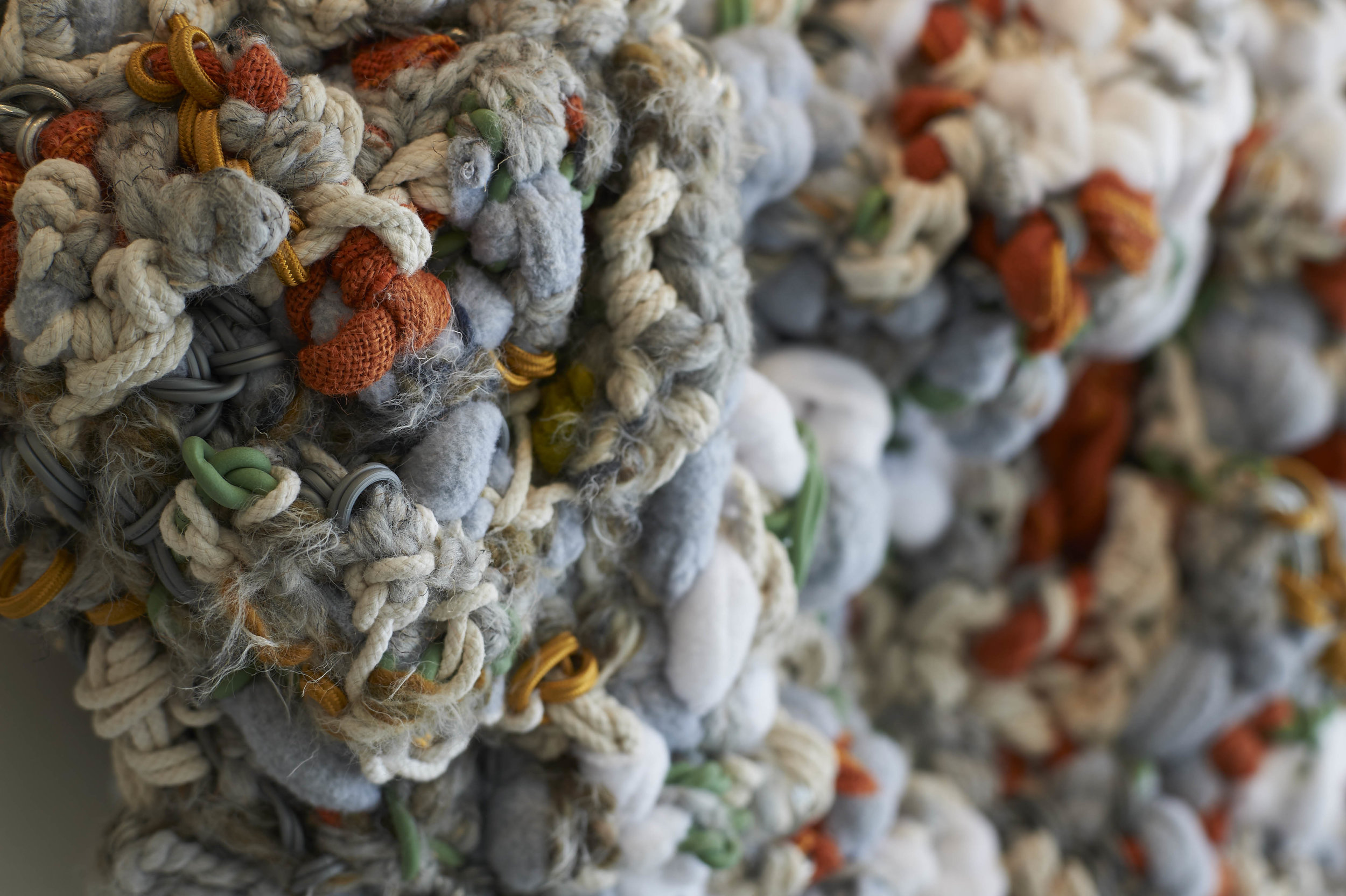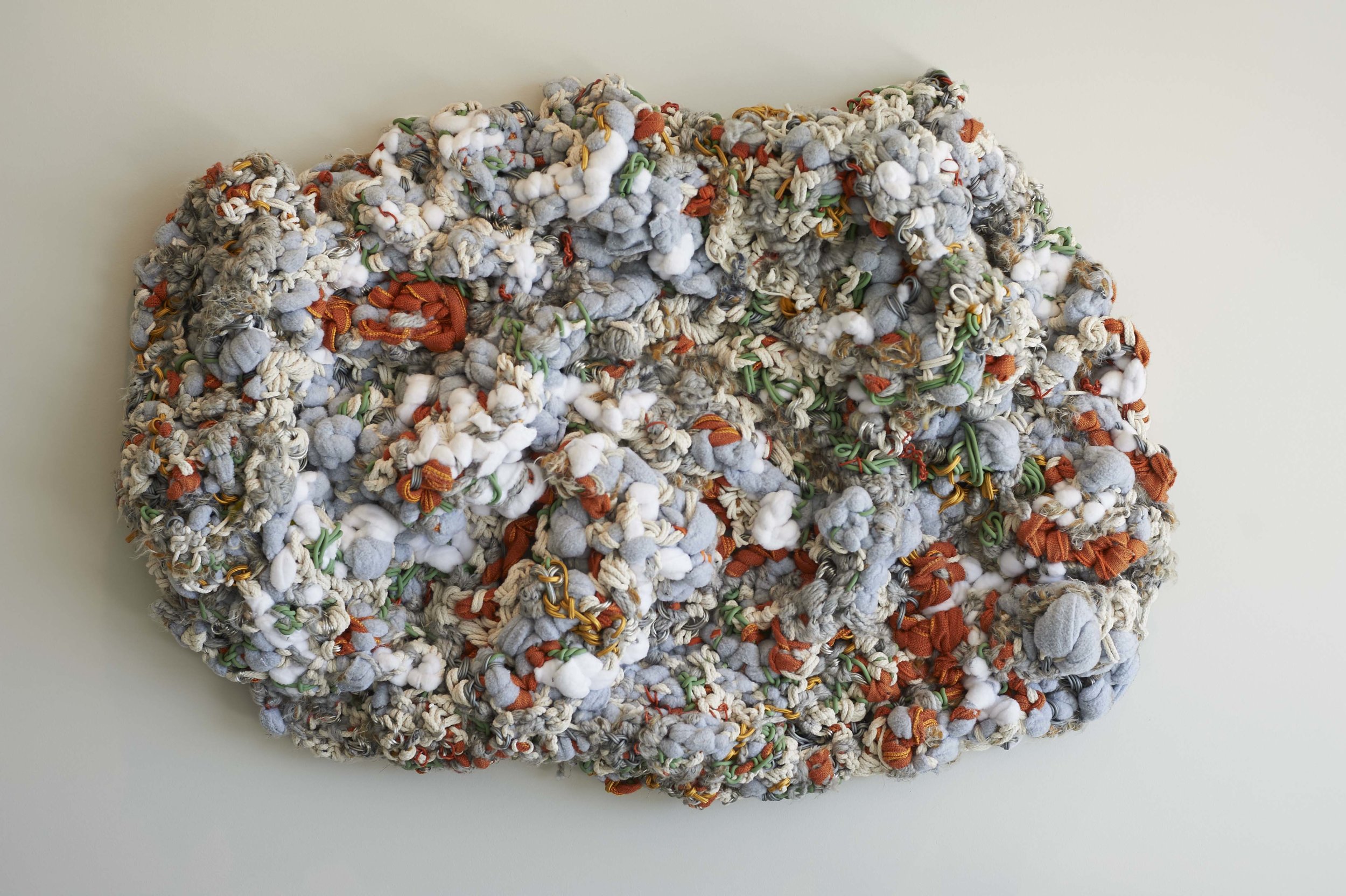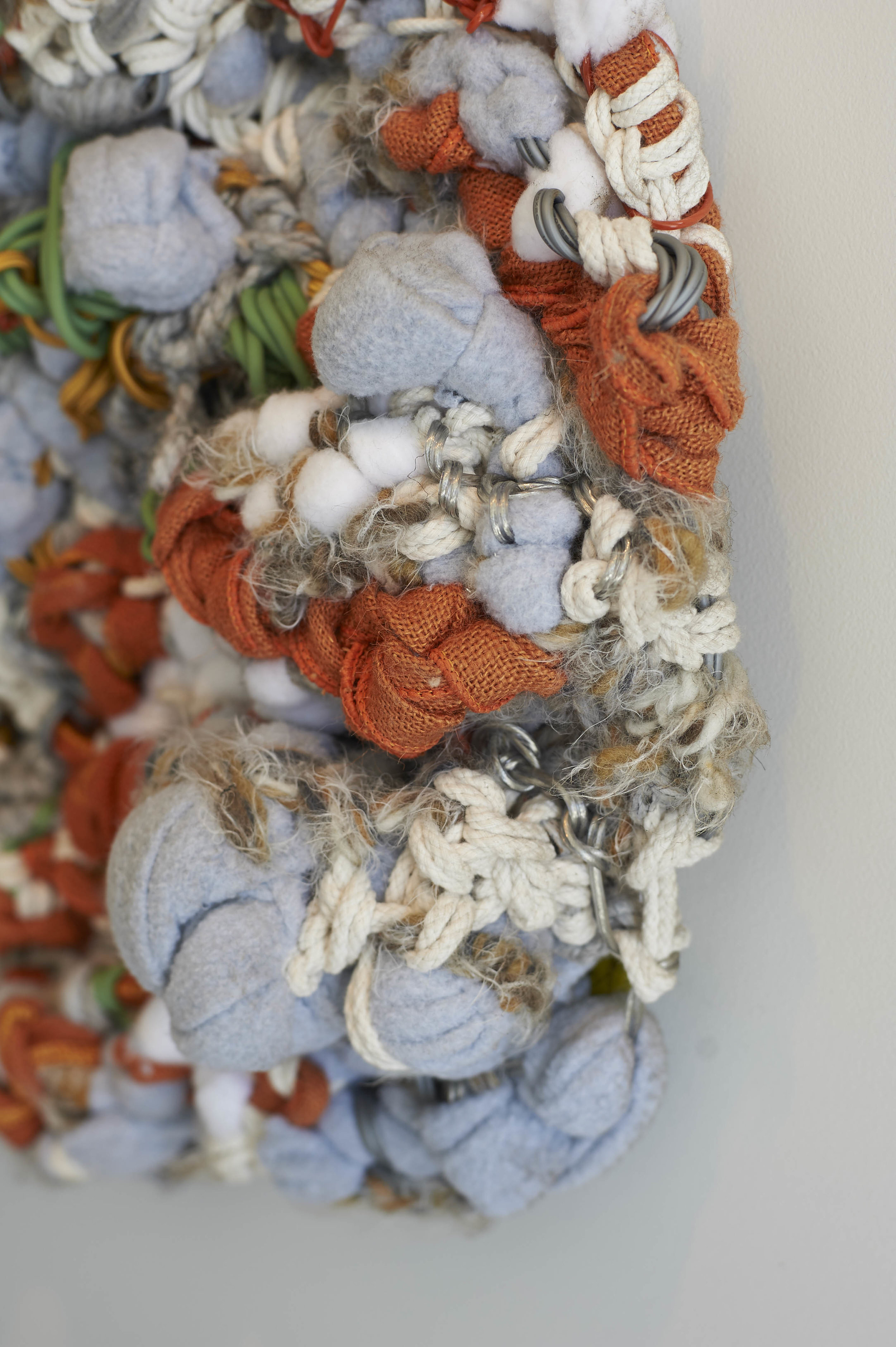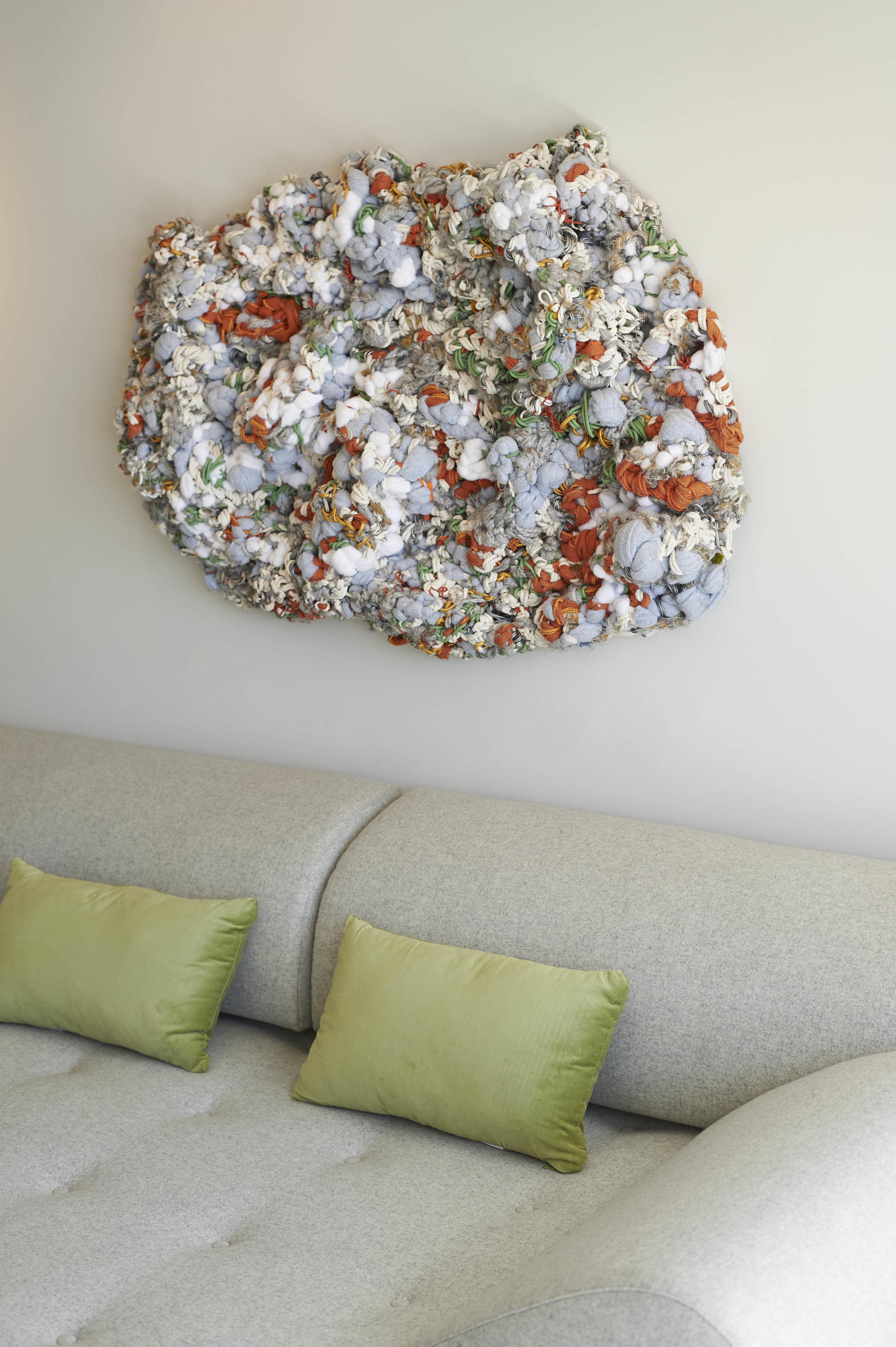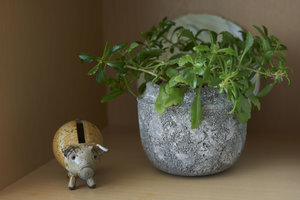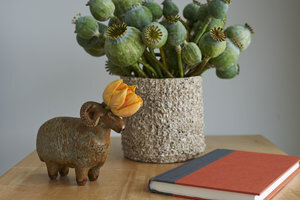Compassionate Design
/Originally featured by Keller Williams Luxury International, Los Angeles writer Roger Grody explores how the vegan lifestyle has contributed to a movement of compassionate design through interviews with leading designers in the field.
Sarah Barnard Design
Photo by Chas Metivier
A growing interior design specialty accommodates homeowners who are as strict about what they put in their homes as what they put on their plates.
The practice of veganism, eliminating all animal products from one’s diet, is usually driven by a commitment to good health, the protection of defenseless creatures or concern for the planet. Although vegan interior design may sound exotic, it is entirely reasonable that the values that inspire vegans’ diets would also be applied to their living environments.
Sarah Barnard Design
Photo by Steven DeWall
A vegan space is devoid of leathers, silks, wools or any materials whose production harms or exploits living creatures. “A happy, healthy vegan home contributes to the ease and enjoyment of life,” says Sarah Barnard, whose Los Angeles based design firm specializes in vegan interiors. “As a designer, I create spaces that help my clients express their values and passions,” explains Barnard, adding, “I also believe that the way we acquire the things we own matters.”
Sarah Barnard Design
Photo by Abby Siniscal
“It’s not only about the animals, but also the workers and the environment,” insists interior designer Deborah DiMare, who maintains offices in Miami and New York. She converted her practice to vegan design about five years ago and believes hers is the only firm in the country exclusively dedicated to the specialty. “When I opened my eyes to the inhumane practices and treatment of workers and animals in the textiles and furnishings industries, I had no choice but to change the direction of my life and my business,” she says.
Sarah Barnard Design
Photo by Steven DeWall
“Ever since I started in fashion in Ireland, my approach to design has dealt with humane and environmental approaches to the procurement of textiles, furniture, dyes, et cetera,” says interior designer Clodagh. Her New York studio accommodates vegan design as well as feng shui, wabi-sabi and biophilia. Although leather is occasionally used in her commissions and she will design steakhouses, Clodagh has personally been a strict vegan for 21 years.
Sarah Barnard Design
Photo by Steven DeWall
Some homeowners considering this approach to design may assume they will need to make concessions on aesthetics and comfort. “In the past, cruelty-free furnishing options were limited, so vegan clients had to compromise on luxury,” says Barnard, who reports more highend synthetic substitutes have become available. DiMare insists some of those substitutes look and feel more luxurious than the genuine articles and she founded VeganDesign.org as an online resource for likeminded designers, manufacturers and homeowners.
Sarah Barnard Design
Photo by Steven DeWall
Rather than inhibiting optimal design and comfort, DiMare suggests, “If anything, it’s made me even more creative,” noting that designing for children with autism and heightened sensory issues enhanced her appreciation of vegan design. At the conclusion of a project, DiMare is delighted to report to clients, “No blood or tragedy is associated with anything in your home.”
Sarah Barnard Design
Photo by Steven DeWall
“I encourage my clients to consider options that support their health and happiness as well as an equitable global ecosystem,” says Barnard, whose overall philosophy, like DiMare’s, transcends the protection of animals. “I believe in embracing the intersections of sustainability, kindness and community, working together for a greater good” says the L.A. designer.
Sarah Barnard Design
Photo by Chas Metivier
“We aim to be mindful of all living things and give back to this earth,” concurs Clodagh, who adds, “We have to leave it in a better state than when we found it.” Expounding on her “lifeenhancing design” — a minimalism not to be confused with self-denial — Clodagh explains, “It’s about having and loving everything you need, but nothing more than what you need.”
Sarah Barnard Design
Photo by Steven DeWall
“As an interior designer, I create spaces that help my clients express their values and passions,” says Sarah Barnard, who explains vegans generally insist their physical environments be consistent with their values. “This is a natural progression for people who care about animals, their health and environmental responsibility,” says the conscientious designer.
Sarah Barnard Design
Photo by Steven DeWall
“Every object and piece of furniture or art in our home carries a lasting history with it,” insists Barnard. “Making a choice to bring in only things that have a conflict-free origin can make us feel good about not only having a beautiful interior, but having a positive impact on the world around us,” she says.
Sarah Barnard Design
Photo by Abby Siniscal
“Requests for vegan interior design are growing rapidly, as people embrace their connection to the natural world,” reports L.A.’s Barnard, and DiMare observes a growing interest among affluent millennials. New York’s Clodagh strikes a more cautionary tone, commenting, “If I could only work for vegan clients, I would have been out of business before I started.”
Sarah Barnard Design
Photo by Scott Van Dyke
“My typical luxury client is a mom in Malibu who does yoga, eats super healthy and drives a Bentley,” reports DiMare. “She teaches her family ethics and social awareness, and wants to surround them in the healthiest possible environment,” maintains the designer, who authored the book Vegan Interiors last year.
Sarah Barnard Design
Photo by Brad Nicol
“Vegan interiors can benefit anyone concerned about the welfare of animals and health of their home and family,” states Barnard, insisting one need not be a vegan to enjoy a vegan environment. DiMare, sought out by non-vegans who admire her aesthetics, agrees that everyone can benefit from the non- toxic, hypoallergenic qualities of animal-free design.
Sarah Barnard Design
Photo by Steven DeWall
Observing how chef-driven vegan restaurants have become mainstream, Clodagh hopes such heightened awareness will fuel interest in vegan design. “As we say in Ireland, the way to somebody’s heart is through their stomach,” she quips.
Sarah Barnard Design
Photo by Chas Metivier
Special thanks to Keller Williams Luxury International and featured writer Roger Grody, who covers the best of Los Angeles’ design and culture. Sarah Barnard Design has had the pleasure of working with Roger on articles covering a broad range of wellness minded topics from Conscious Design to Ephemeral Realities.
Sarah Barnard designs healthy, happy, personalized spaces that are deeply connected to nature and art. Empathy and mindfulness are the foundation of her practice creating healing, supportive environments that enhance life.



